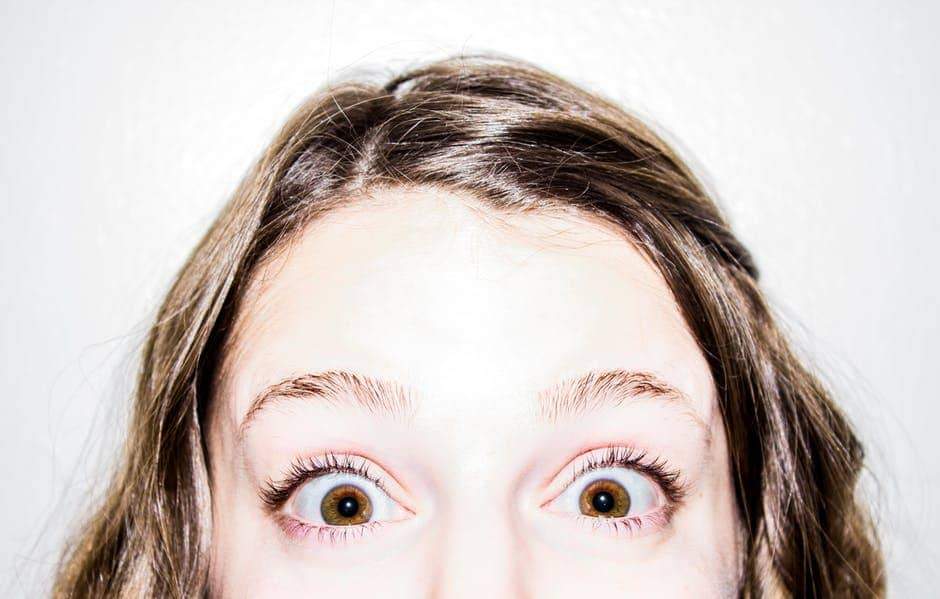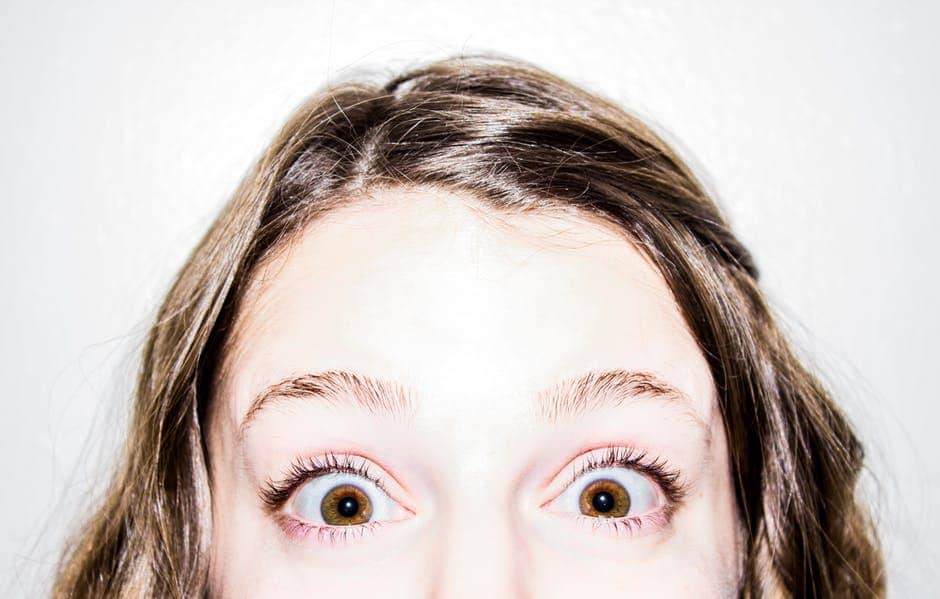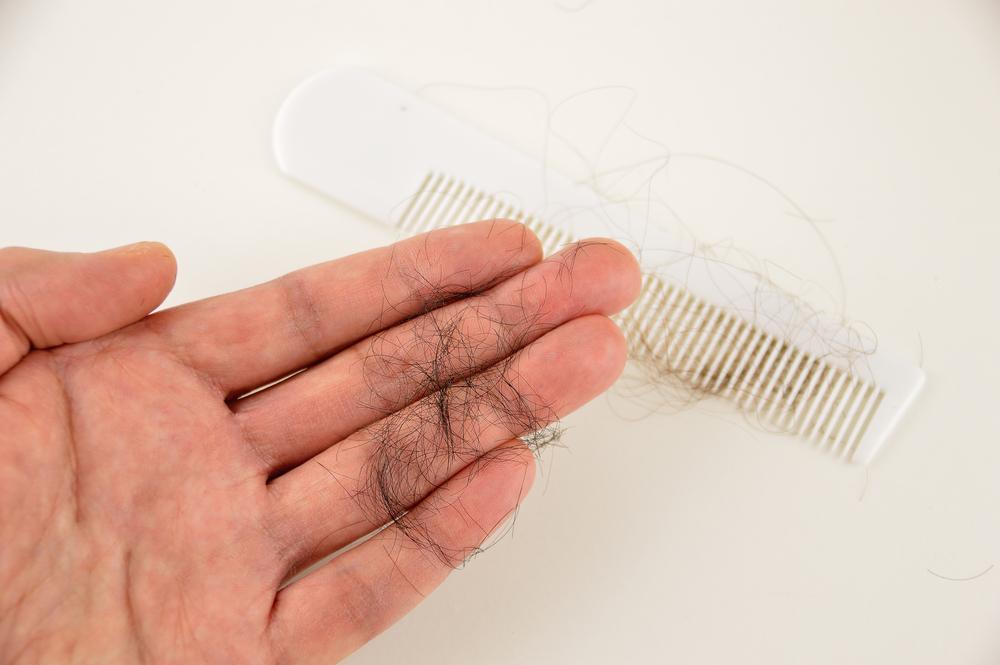
When attempting to find a solution to hair loss or hair thinning, two options that will come up time and time again are hair transplant and natural growth. The differences between these two methods are distinct and vital to understand to determine the best option for your type of hair loss, lifestyle, and wallet. One of the biggest considerations when seeking a treatment path is the respective costs and side effects of each option. The cost of hair transplant and hair transplant side effects make it an option that requires analysis and understanding before choosing. In order to aid you on your hair restoration journey, we have put together a comparison between the hair transplant cost compared to that of natural growth using hair loss supplements, as well as all the information you need to know about these two hair loss treatment options.
What is a Hair Transplant?

Before analyzing the cost of a hair transplant, it is important to understand what a hair transplant is. A hair transplant is a procedure that is performed by a dermatological surgeon who relocates hair to the area of the scalp experiencing hair loss or hair thinning. A hair transplant often moves hair from the sides or back of the scalp and relocated it to the top or front of the head, since this is the most commonly affected area of hair loss. With this in mind, it is vital to consider what takes place during the procedure of hair transplantation.
When undergoing a hair transplant, small punch grafts from the portion of the patient’s scalp with hair or a larger section of the scalp are removed. If a larger section of the patient’s scalp is removed, it will then be cut down into smaller pieces that resemble the punch grafts. These grafts are then relocated to the area of the scalp that is exhibiting hair loss or hair thinning. The size and shape of these grafts can vary depending upon the recommendation of the dermatological surgeon. Round, small punch grafts contain on average ten to fifteen hair follicles. However, their smaller relative, the mini-graft, will only contain two to four hairs on average. The smallest graft of them all, the micro-graft, only contains one to two hair follicles. The two remaining types of possible grafts are called slit grafts and strip grafts. Slit grafts are placed within small incisions cut into the scalp, hence the moniker slit graft. One average, a slit graft will contain four to ten hair follicles in each graft. The strip graft is much more densely populated with hair with a whopping thirty to forty hair follicles per strip.
In order to adequately cover the area affected by hair loss or hair thinning, this procedure often needs to be performed several times in order to provide coverage. Due to the rigor of the procedure, there is generally a several month wait time between procedures in order to allow the skin and scalp to heal. Due to this expanded time frame between sessions, it is not uncommon for it to take nearly two years before attaining the desired result through the series of transplants. The amount of procedures needed is dependent on the type of hair loss or hair thinning, severity, and the color and texture of your hair. Dark-colored hair with a fine texture will offer far less coverage than hair that is light in color and coarse in texture. The number of grafts transplanted during the initial hair transplant session will vary between patients, but on average fifty strip grafts will be transplanted during the first session. However, if you are receiving micro-grafts or mini-grafts, this number could be in the thousands due to their considerably smaller size.
Leading up to the procedure, the area of your scalp from which the grafts will be removed, which is known as the donor area or site, will be cut to be short in length so that the grafts can be more easily removed. Depending on the type of graft being extracted, your doctor may use a scalpel or a carbon steel instrument to extract the desired grafts. Typically, for the punch grafts, the tube-shaped carbon steel instrument will be used to punch the round skin graft out of the donor site and moved to the affected area. However, for many of the other types of grafts, the dermatological surgeon will wield a scalpel to slowly remove small sections of the scalp that bear hair, from the donor site, which will then be divided into very small sections and transplanted within small incisions or holes that are made in the scalp of the affected area. During the procedure, many doctors will use a saline solution periodically to keep the skin of the scalp strong during the remainder of the procedure. You may be asking yourself, what happens to the holes and slits made in the donor area of the scalp? Since the result of this procedure is a series of open wounds at the donor site, these holes and slits are often closed with stitches. For a punch graft, a single stitch may suffice to close each punch site, but for many other types of grafts, the result of the procedure will be a small scar that bears resemblance to a straight line at each of the donor sites. When the procedure is complete, the scalp will be cleaned to remove any bacteria that could cause an infection and then the areas affected by the procedure will be carefully covered with gauze. Many patients are required to wear a pressure bandage in the days following up their procedure, but the after-care guidance varies between dermatological surgeons.
Hair Transplant Cost
The cost of the hair transplant procedure will vary depending upon the clinic you choose to go to and the type of method used during the procedure. The two different available methods are known as Follicular Unit Extraction and Follicular Unit Transplantation. The primary difference between these two methods is how the hair follicles are extracted from the donor site. The Follicular Unit Transplantation method requires the removal of a small strip of the scalp which the hair follicles are then harvested from. The Follicular Unit Extraction method individually harvests each hair follicle directly from the scalp, which results in a less drastic loss from the donor area. Each method has pros and cons depending on the type and severity of hair loss experience, as the Follicular Unit Transplantation method typically has better results for more severe hair loss while Follicular Unit Extraction is preferred for more mild cases of hair loss and thinning.
On average, the Follicle Unit Extraction procedure is more costly than Follicular Unit Transplantation due to its more time-consuming process. For both procedures, it is common for the procedure to be priced on a per-graft basis. This allows each patient to tailor their treatment to their unique hair loss and needs and only pay for the number of grafts they need. For many clinics, the price per graft begins at around three dollars, making the transplantation of 1,000 grafts cost as much as $3,000 per visit. The price of the grafts can be as high as seven dollars per graft, or more, depending upon the clinic and the method of transplantation used. If you receive a hair transplant at seven dollars a graft and need 2,000 grafts per treatment to get the result you desire, each procedure could cost $14,000, making this an extremely pricey option.
Side Effects of a Hair Transplant

A hair transplant procedure may seem like a relatively quick fix despite its heavy price-tag, but this procedure does come with side effects that are vital to consider prior to choosing this option. Below is a handful of the most common side effects experienced as a result of a hair transplant.
- Scarring: As mentioned above, scarring at the area of the donor site is not uncommon as a result of hair transplant. Keloid scarring may occur after surgery and varies in severity due to genetic predisposition to scarring and environmental factors.
- Infections: As with any type of procedure, infection is a concern. Though antibiotics are typically distributed before and after the procedure, in some cases an infection may occur.
- Pain: Due to the removal of the skin grafts and the transplantation into a different area of the scalp, pain and discomfort are a side effect of this procedure. Often this is treated with a pain reliever while the affected area of the scalp heals.
- Swelling: Many patients who have undergone hair transplant procedures experience swelling around their eyes and in their forehead following the procedure. This can last for several days, up to a week, and for some may also result in a black eye.
- Bleeding: Due to the high volume of small incisions in the scalp, bleeding is a common side effect of this procedure. To stop the bleeding, it is important to place and maintain pressure on the affected area in order to coagulate the blood.
- Numbness: Some patients have reported experiencing numbness on their scalp in the days and weeks following their procedure, though this generally dissipates with time.
- Cysts: In some cases, small cysts may appear on the areas of the scalp where a hair follicle has been transplanted. These often only last a few weeks and then disappear.
How Hair Transplants Compare to Natural Growth
With this information in mind, it is now possible to compare hair transplants with natural growth. Though a hair transplant may offer a relatively quick solution since it does not involve growing hair, it takes a significant amount of time and money to attempt to achieve the desired result and carries with it concerning side effects. What if you could regrow the hair you had lost? Natural growth can occur as a result of using a non-surgical solution for hair loss. Scalp Med uses a proven-effective regimen to male and female hair loss and thinning hair to regrow lost hair. This is accomplished using a unique 2-step process that is absent in any other hair regrowth treatment on the market. This proprietary process utilizes NutriSol®, which is a multi-patented pretreatment technology, and Vitadil®, which is a clinical-strength Minoxidil-based treatment formula. Scalp Med’s innovative process halts and reverses hereditary hair loss and thinning, which is also known as male-pattern and female-pattern baldness.
NutriSol® is the defining ingredient of Scalp Med hair regrowth products because it creates an ideal environment to grow hair on the scalp. This uniquely invented ingredient also prevents itchiness, flaking, and build up. The use of NutriSol® in conjunction with Vitadil®, which is the only FDA-approved ingredient clinically proven to regrow hair, sets this process apart. Scalp Med products are not tested on animals and contain no parabens or sulfates. 95% of users see remarkable hair growth in the first six months, making this treatment a much more long-term, proven solution that a hair transplant, without all of the extra cost and discomfort. While a hair transplant may leave you bleeding, uncomfortable, and scarred, Scalp Med specially formulates their products to lock in moisture to prevent the itchiness and irritation commonly associated with hair regrowth treatments. In addition, Scalp Med products accomplish hair regrowth without the need for an expensive surgery or sexual side effects.
Using Scalp Med only requires two simple steps to regrow lost hair. First, shake the NutriSol® well and place the nozzle directly on the surface of the scalp in areas experiencing hair loss or hair thinning. In each area, apply four to six pumps and massage in gently after every two to three pumps. Next, apply a total of six pumps of the Vitadil® directly to the scalp covering the same areas as the NutriSol® and massage in after every two pumps. To achieve optimum results, repeat this process in the morning and at night and leave the treatment on for a minimum of forty-five minutes prior to showering or wetting the hair. Scalp Med offers a variety of different options for products, including a six-month value kit that costs $279.95 and contains two full-sized shampoos, one full-size conditioner, and a 180-day supply of an herbal hair supply. This is a decidedly more cost effective, desirable treatment when compared directly to a hair transplant.



